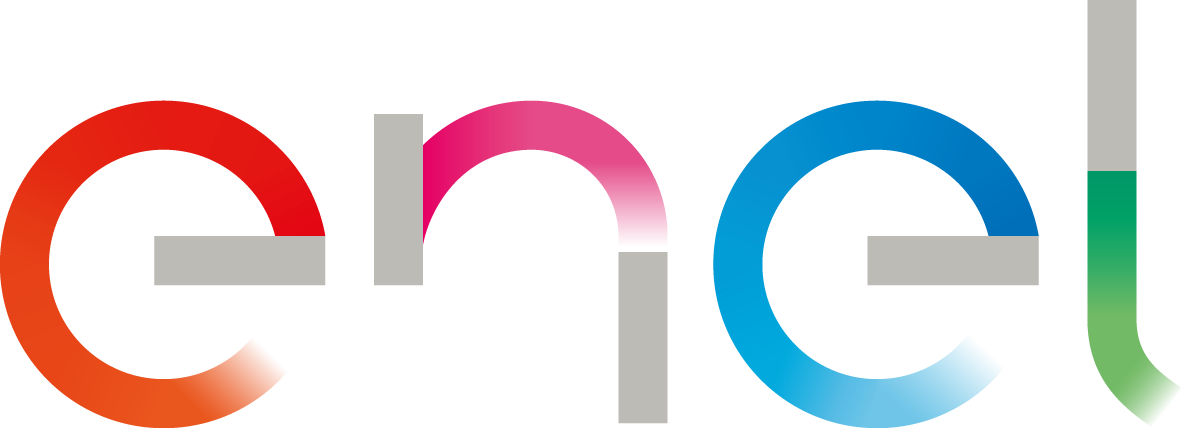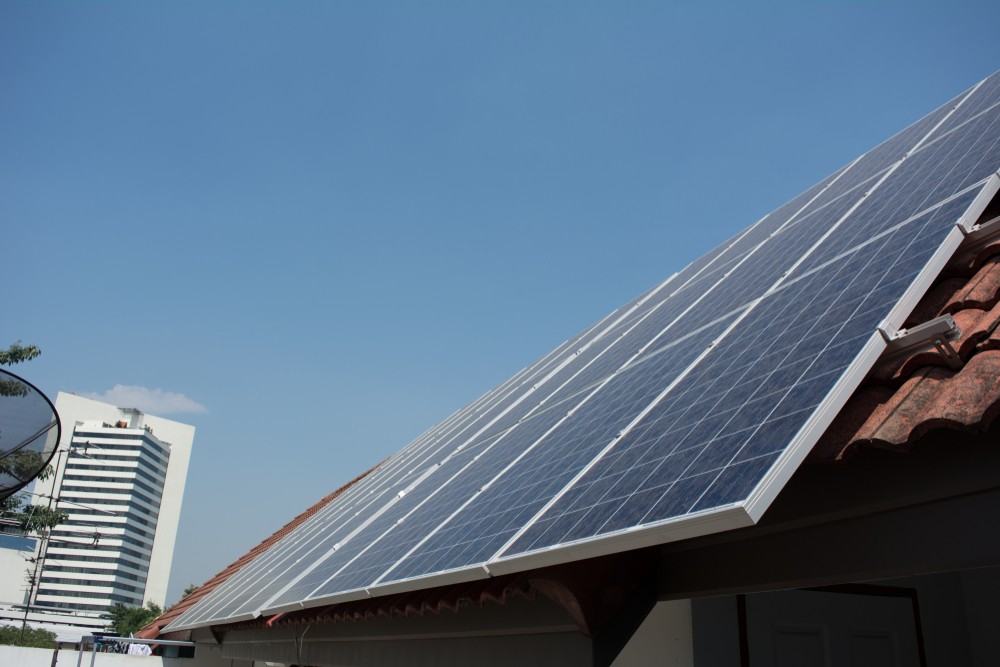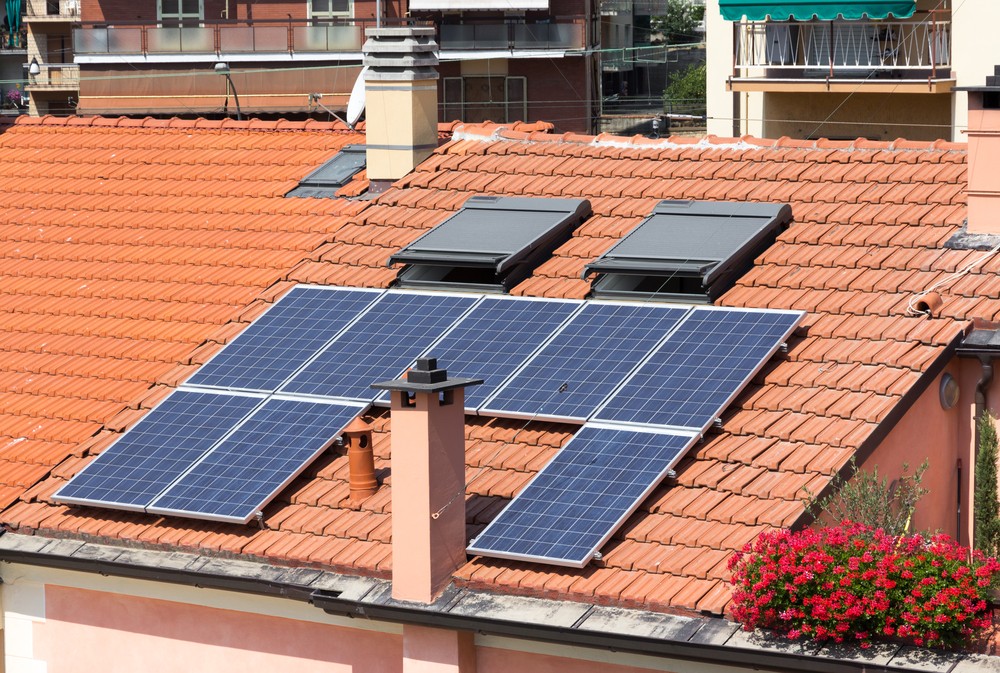The Ministry of Energy launched the Distributed Generation regime so that any user can generate clean energy for self-consumption and inject the surpluses into the network, from their home.
From the most frequent inquiries of our Distributor clients, we tell you some of the keys to understanding the operation of the program.
1. How to save?
Distributed Generation is a regime that is especially suitable for residential customers, SMEs, businesses and agricultural enterprises that want to add a source of clean energy to save on their bill and take care of the environment. Through Law 27,424, the Generating User can connect a renewable source at his home and generate electricity for self-consumption. If you have a surplus you can inject it into the network and receive a credit.
2. How does it appear on the invoice?
The scheme adopted in the Law is that of “Net Billing Balance”, in which the total value to be paid by the user-generator will be the result of the difference between the monetary value of the energy demanded from the network and that of the energy injected into the network before taxes. Look at these examples:
Self-consumption
If you consumed 200 kWh, but generated 80 kWh, you will pay only the difference. That is, you will pay only the cost of 120 kWh (200 consumption minus 80 generation).
Network Injection
Users can only inject into the system the surplus they cannot consume. For example, if you generated 150 kWh and consumed 70 kWh, your injection will be 80 kWh. On this difference, Edesur grants a credit that is reflected in the invoice on account of future consumption, according to the price that the distributor buys the electric energy and its transportation in the Wholesale Electricity Market (MEM).
3. What do I need to generate?
To become a Generating User you must have a Distributed Generation Equipment (EGD), which is composed of a Generator (solar panel, for example) and a Coupler (inverter that converts direct current into alternating current). We recommend you always look for an authorized supplier that sells approved equipment.
If you are going to install solar panels, you can check the Solar Calculator (https://calculadorsolar.minem.gob.ar/calculador) to estimate the impact it would have on your bill.
4. Do I need another meter?
All customers who join the Distributed Generation will need to change their conventional meter to a bi-directional one, which has the ability to measure energy consumption and injection. The installation is carried out exclusively by Edesur after approving the technical feasibility of the installation.
5. How do I register?
The integral management to register as a generator user is carried out exclusively through the Distance Processing Platform of the www.argentina.gob.ar portal, according to the Ministry of Energy. It consists of three steps and the user obtains from there our answers and those of the Undersecretariat of Renewable Energies and Energy Efficiency.
To facilitate access and understanding, we provide a detailed guide (https://www.edesur.com.ar/generacion-distribuida/) to register as a user generating the Distributed Generation regime. It should be noted that the procedure is exclusively digital, it cannot be done in commercial offices, social networks or by telephone.
6. Is there a limit to generate?
The maximum power allowed for each generating user is that which is contracted with the distributor, which appears on the invoice. For example, if a user has contracted 20 kW of power with his distributor, he can connect to the network a distributed generation equipment whose power does not exceed 20 kW.
The maximum limit for distributed generation is 2 MW. Above that level, the autogenerators regime of the Wholesale Electricity Market applies.
Learn more about Distributed Generation (https://www.argentina.gob.ar/energia/generacion-distribuida).



